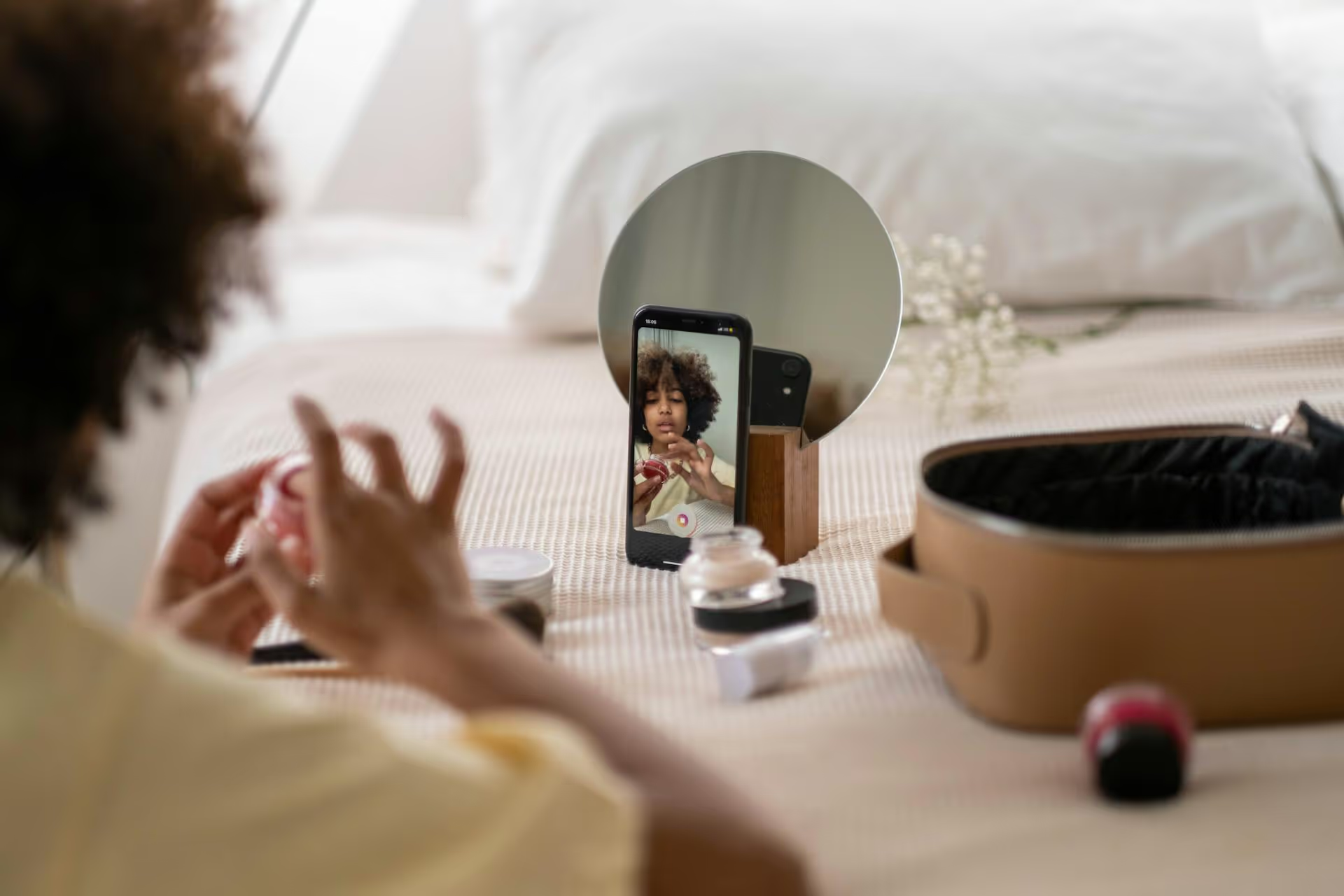How to Add Social Media Icons to an Email Signature
Enhance your email signature by adding social media icons. Discover step-by-step instructions to turn every email into a powerful marketing tool.

Switching your brand’s home base to Facebook’s New Pages Experience can feel like showing up to your office to find they've rearranged all the furniture. This guide is here to walk you through exactly what this update means, how to handle the transition, and most importantly, how to use the new layout effectively. We’ll show you how to find everything you need so you can get back to building your community.
Meta's overhaul wasn't just a cosmetic touch-up, it fundamentally changed how pages function. The goal was to make pages feel more like personal profiles, creating a more intuitive and community-focused environment. If your page has been updated, you likely noticed a few big differences right away. Think of it less as a "page" and more as a "brand profile."
Here are the biggest shifts you need to understand:
For most page managers, the switch to the New Pages Experience wasn’t an option - it was an automatic, mandatory migration in 2023. If you've been managing a page for a while, you likely logged in one day to find everything looked different. However, if for some reason your page is still operating on the classic layout, you may see a prompt or notification inviting you to update.
If you see that invitation, here are the steps you’ll generally follow:
Once you’ve updated, there is no going back. The New Pages Experience is the standard going forward, so embracing the change is the best path.
Getting used to the new layout is the hardest part. Things have been moved, renamed, or redesigned. Let’s break down how to find and use the most important features in the New Pages Experience so you can manage your brand smoothly.
This is the first skill to master, as it’s the gateway to managing your page. Before, you might have used a separate dropdown to "use Facebook as" your page. Now, it's a direct profile switch.
Once you switch, you are entirely operating as your Page. Your bookmarks, settings, and notifications will be specific to that Page. To go back to your personal account, just repeat the steps and select your personal profile. This clear separation is designed to prevent mix-ups and streamline your workflow.
The old roles (Admin, Editor, Moderator) are gone. When you invite someone to help manage your page now, you’ll assign them one of two types of access:
This is the new "Admin." Giving someone full control means they can do everything you can: post, reply to comments, link Instagram, manage permissions, view detailed insights, run ads, and even delete the Page. You should only grant full control to fully trusted individuals, like a business partner or senior team member.
You can also grant Facebook access with just partial control, letting them manage certain aspects without giving them the keys to the entire kingdom.
This is a more limited, safer option for assigning specific duties. A person with Task Access manages the Page through tools like Meta Business Suite or Creator Studio - they don't switch into the Page profile on Facebook directly. This is great for assigning specific roles:
This system gives you precise control, allowing you to bring on team members or agencies without handing over total administrative power.
Perhaps the most valuable new feature is the Page’s dedicated news feed. When you’ve switched to interacting as your Page, the feed you see is not your personal feed. It’s a feed composed of content from other public figures, pages, and groups that your brand has chosen to follow.
Here’s how you can use this strategically:
If you're wondering where all your analytics, ad tools, and page settings went, they're now centralized in the Professional Dashboard. To find it, switch control of your Page, and you’ll see 'Professional Dashboard' in the left-hand side menu.
Inside, you’ll find:
Take some time to explore the Professional Dashboard. All the data you relied on in the classic layout is still here, it's just organized a bit differently now.
Moving to the Facebook New Pages Experience is about adapting a different approach - thinking of your Page less as a static billboard and more as an active profile for your brand. By understanding the new profile-style layout, the dedicated Page feed, and the updated management tools, you can not only get comfortable with the change but actually use it to deepen your community engagement strategy.
As you get settled into your new Page layout, you’ll want tools that make managing it all feel effortless. With a content strategy to plan and platforms to keep up with, our visual calendar at Postbase gives you a bird's-eye view of everything you have scheduled. We help you create and schedule your content, see it all in one beautiful calendar, and get a clear picture of what’s coming up next without feeling overwhelmed.
Enhance your email signature by adding social media icons. Discover step-by-step instructions to turn every email into a powerful marketing tool.
Learn how to add your Etsy link to Pinterest and drive traffic to your shop. Discover strategies to create converting pins and turn browsers into customers.
Grant access to your Facebook Business Manager securely. Follow our step-by-step guide to add users and assign permissions without sharing your password.
Record clear audio for Instagram Reels with this guide. Learn actionable steps to create professional-sounding audio, using just your phone or upgraded gear.
Add translations to Instagram posts and connect globally. Learn manual techniques and discover Instagram's automatic translation features in this guide.
Optimize your Facebook Business Page for growth and sales with strategic tweaks. Learn to engage your community, create captivating content, and refine strategies.
Wrestling with social media? It doesn’t have to be this hard. Plan your content, schedule posts, respond to comments, and analyze performance — all in one simple, easy-to-use tool.